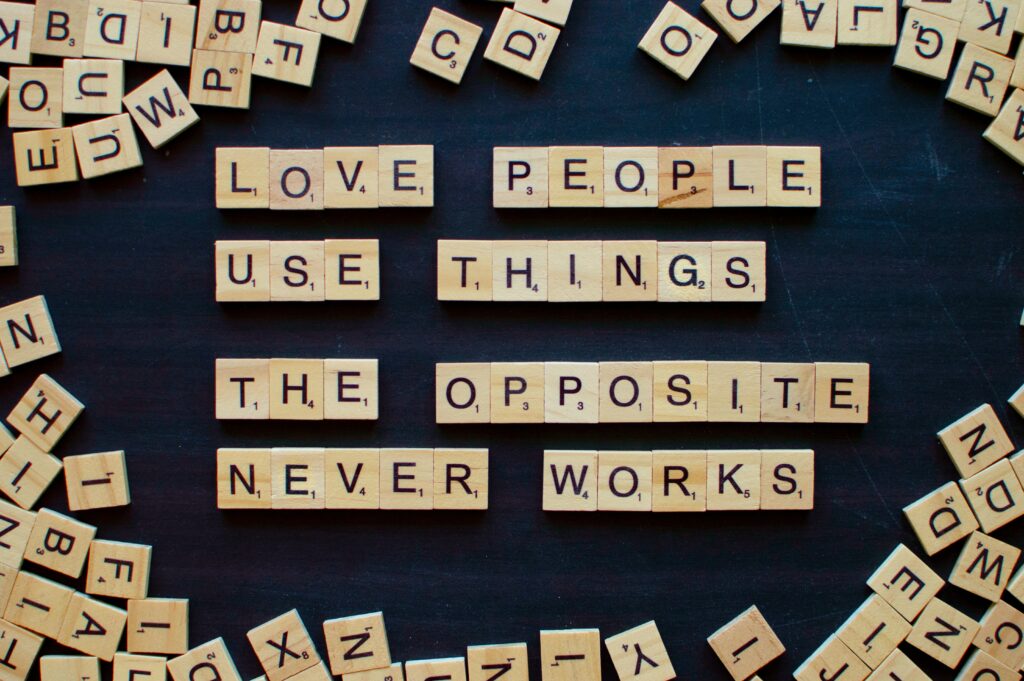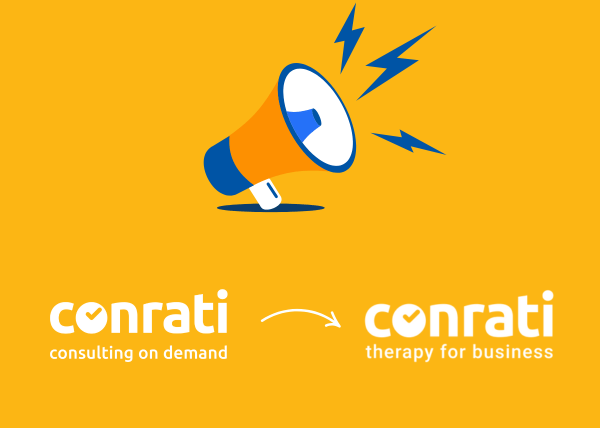It is easy to describe the impact that isolation has had on all of us since the inception of lockdown protocols.
Emotional isolation
We can talk about the anxiety, the depression, the feeling of being alone in a world that seems to be falling apart and craving company and simultaneously not wanting to go out and see anyone for fear of threat and anticipated hostility. While this is true, emotional isolation has existed long before we even had a frame of reference for what the Coronavirus entailed, and its effects have always been damaging.
This is not new information and perhaps, it would be more helpful for the conversation to be steered away from describing what is, and move instead to what can be done about it. It follows, that in order to overcome emotional isolation, we need to become more skilled in facilitating emotional closeness.

Emotional closeness
An essential quality when it comes to relationships of all kinds – relationship with your spouse, relationship with your children, relationship with your colleagues, even the therapeutic relationship.
Emotional closeness can be likened to setting the oven temperature when baking. It doesn’t matter what beautiful ingredients you have or what fancy techniques you use to incorporate the ingredients, if the oven is not on, the cake simply will not bake.
When we have emotional closeness in relationships, we have a general and predictable climate of warmth which makes it possible for us to become vulnerable to problem-solving, reality tests, and to express our needs as well as our capacities.
When we have emotional closeness in relationships with the other, we have access to the other. Not access in the sense of being able to bombard and manipulate, but access in the sense of being able to enter the other’s world and to see their hopes, their dreams, their needs, and their fears. Access means that the other has the opportunity to do the same with you.

The 3 components of emotional closeness
According to Interactional Pattern Analysis (IPA), developed by Charl Voster, emotional closeness is made up of three components – all equally as important as the next. In fact, these components can be thought of as the three legs on a stool. If one of them is missing or lacking in some way, the whole stool will fall over. In the same way, if any of these three components are missing or lacking in some way, emotional closeness as a whole may “fall over”. These components include empathy, congruence, and unconditional positive regard.
Empathy is very often misunderstood. Empathy is not the same as sympathy or compassion. It is also not ‘knowing what it is like to walk in someone else’s shoes. Rather, empathy is knowing what it is like for the other person to walk in their own shoes and communicating this to them in a way that makes them feel understood.
In other words, empathy is an (1) observation that you (2) communicate that makes the other person feel (3) understood. Empathy says “I see you”. I see you and I communicate that I see you. Empathy is always about the other person’s frame of reference. This is noteworthy because often people make attempts at communicating empathy by speaking about their frame of reference. While the intention here is to be empathic, the impact can be quite off-putting making our communication of empathy ineffective (and ultimately facilitating distance instead of closeness).
For example, often a parent tries to communicate empathy for their children by talking about their own experiences as a child or teenager. These attempts usually start with: “Well you know, when I was your age….”. These attempts are usually met with rolling eyes.
Congruence, unlike empathy, is a slightly less well-known concept. Some may remember the concept from doing geometry in school (some may not, I had to refresh my memory too!). In geometry, congruence was used when referring to two line segments that had the same length or to two shapes that had the same shape and size.
In other words, it was assigned to lines or shapes that matched. From an interactional perspective, it means much the same. However, here we aren’t comparing lines or shapes but rather different kinds of communication. There is congruence in relationships when people mean what they say and say what they mean when people do what they say they are going to do, and when a person’s verbal and non-verbal communication matches.
Probably one of the easiest examples of incongruence which we have all undoubtedly encountered at one time or another is someone letting you know “I’m fine!!!” with their words, but letting you know with their arms-crossed-huff-and-puff body language that they are anything but fine.
Another example of incongruence is the person who promises to deliver in a certain area and never does, leaving you with an “I’ll believe it when I see it” attitude because that person is notorious for not doing what they say they are going to do.
Congruence speaks to how a person communicates their internal world and it is important because when there is congruence there is clarity, you know where you stand and what you can expect from that relationship.
Lastly, unconditional positive regard (UPR) is a non-judgmental stance that exists in relationships where acceptance is given without conditions. UPR is present in relationships where acceptance is present even when there are disagreements about values, behaviour, or ideas.
When there is UPR, there is the overall experience of acceptance and a piece of sound knowledge that one’s worth is not dependent on certain benchmarks or conditions. It would be important to note here that there is a very distinct difference between approval and acceptance, despite the fact that they are often confused or at the very least seen as the same thing.
Approval says that “you first have to jump through the hoops that have been laid out before you before you can receive me”. Acceptance says, “you don’t have to do a thing, you already have me”. The trick is that we often chase approval thinking that it will eventually grant us acceptance which it does not, but we chase it relentlessly nonetheless.
How do they work together?
With empathy, congruence, and UPR we can start fostering more and more emotional closeness in our relationships. It is no coincidence that these very same components are also responsible for fostering trust in relationships. This is because emotional closeness and trust are inextricably linked, with both being necessary for the other to grow. This makes sense if we consider that emotional closeness is about being seen. In order to be seen, we need to feel safe enough to reveal ourselves. Luckily for us, working on emotional closeness automatically means that you will be working on trust too.
In ending
I invite you to think about the relationships you currently have. Is there a sense of being seen in these relationships? If the answer is yes, then great – keep doing what you’re doing and challenge yourself to achieve even greater depths of closeness in your relationships. If not, I invite you to have a look at what is happening with regard to the components discussed above? Which ones do you need to work on? Which ones do your spouse, child, friend, mother etc. need to work on? Remember to give yourself empathy, congruence, and UPR as you reflect and to communicate your thoughts to others with these same qualities. We need the oven on before we can bake cakes!
A good recipe for success is to seek help when needed. If this is you and you need counselling to turn the heat back on in the relationships you’ve fostered, reach out and speak to a psychologist on Conrati who will help facilitate this process.

Ashleigh Yaman is a Counselling Psychologist who is passionate about facilitating satisfaction and wellness in relationships, whether it be in relationships with others, or in ones relationships with oneself. She provides individual therapy to children, adolescents and adults; couples therapy; family therapy and; parental guidance therapy.









Why your child should have a tutor
Conrati nominated as a Top Environmental Consulting Company by Futurology
How to practice mindfulness each day
What happens during each stage of grief?
How to boost 8 different forms of health
Conrati nominated as a Top Environmental Consulting Company by Futurology
How social media affects mental health
Understanding Bipolar Disorder